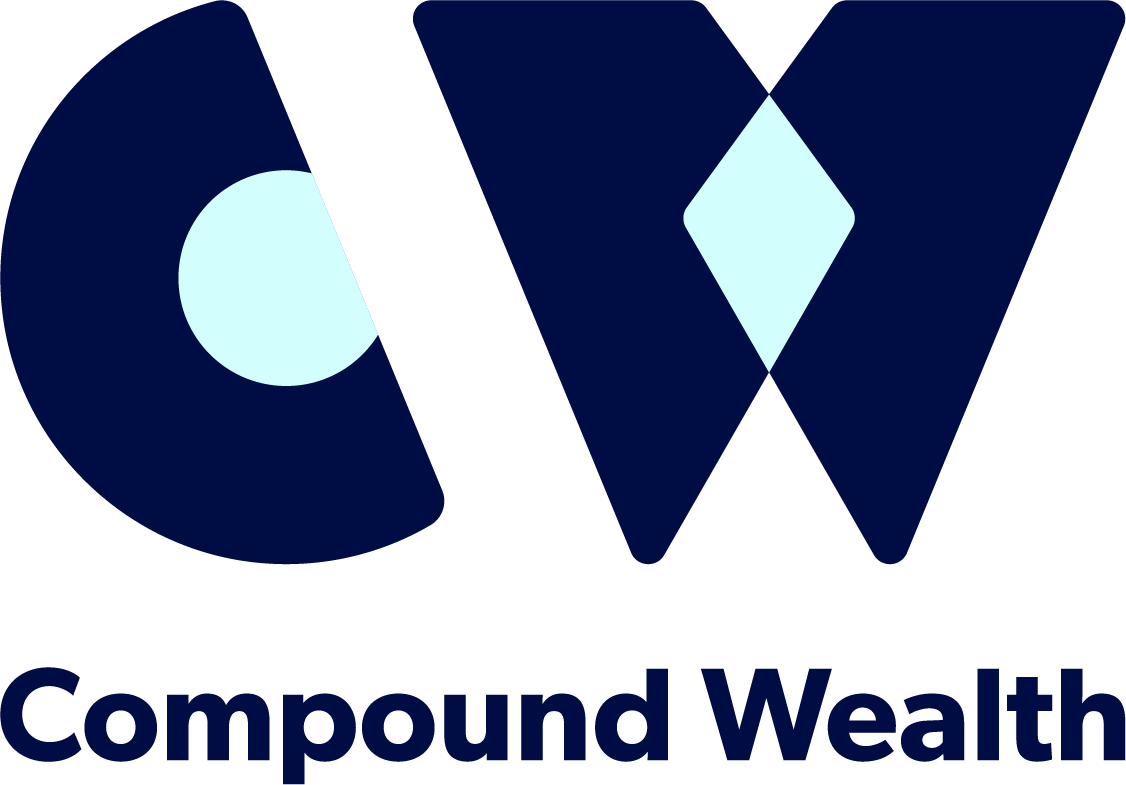The Dangers of Default KiwiSaver Funds
The Dangers of Default KiwiSaver Funds: What You Need to Know
When you join KiwiSaver, do you know which fund you’re being placed in? For many, the answer is no. If you signed up through your employer, there’s a good chance you were placed in a default fund. While default funds have their purpose, they might not be the best option for your financial future. Let’s look into why.
What Are KiwiSaver Default Funds?
Default funds are where almost half of all new KiwiSaver members start their investment journey. These funds are Balanced to Moderate in nature, meaning they allocate 51–60% of their investments to growth assets. Current default providers include:
BNZ Default
Booster Default
Fisher Funds Plan Default
Simplicity Default
SuperLife Default
Westpac Default Balanced
While the government ensures these funds meet strict requirements, including reasonable fees and additional reporting, the investments themselves are not guaranteed by the government.
The Default Fund Dilemma
The main issue with default funds is that they may not align with your long-term goals. By default (excuse the pun), they are invested in a balanced type of investment fund which generally is appropriate for a medium term investment timeframe and a relatively risk adverse investors. For younger or more growth-focused investors, this approach could mean missing out on higher potential returns over time.
It is particularly concerning for those young people who are brand new to the workforce, as they have a long investment timeframe ahead of them and would be much better suited with a fund that has a higher allocation to growth assets - read our blog here on the importance of a higher equity asset allocation.
Average KiwiSaver Balance
Active Choice vs Default Fund Members
Data shows a clear difference between default members (those who have not actively chosen a fund) and active members (those who have selected a specific fund).
Average balance for active members: $36,199
Average balance for default members: $9,937
Default members often lag behind because their funds are less aggressive, and they may not review their KiwiSaver settings regularly.
Performance of Default Funds
Default funds have delivered solid short-term returns, with most achieving over 16% in the year ending 31 March 2024. This is a notable improvement compared to the average conservative fund, which returned 11% over the same period. However, KiwiSaver funds are best evaluated based on long-term performance. Default funds are typically classified as balanced, meaning their long-term returns are generally lower than those of growth or aggressive funds. Investors who remain in default funds may miss out on the higher returns that growth-oriented options can provide over time.
Data collected from the FMA KiwiSaver Report 2024.
Long-Term KiwiSaver Average Returns by Fund Type
Aggressive funds: 9.1% p.a. over 10 years net of fees before tax as at 30 Sept 2024
Growth funds: 8.2% p.a.
Balanced funds: 6.7% p.a.
Moderate funds: 4.8% p.a.
Conservative funds: 4.3% p.a.
Data collected from the Morningstar KiwiSaver Survey Sept 2024.
The Growing Default Membership
As of 31 March 2024:
Default fund members: 340,842 (a 5% increase from the previous year)
Funds under management: $3.4 billion (up 24.5%)
While the government has worked to ensure default funds provide reasonable returns, their suitability for every investor is questionable.
Being in KiwiSaver is great, but sitting in a default fund for a long period of time will eat away at your potential earnings. It’s best to get advice on your personal situation so you can align your KiwiSaver strategy with your goals – such as buying a house or saving towards retirement.
Data collected from the FMA KiwiSaver Report 2024.
Take Control of Your KiwiSaver
To make the most of KiwiSaver, it’s crucial to assess your fund choice. Consider:
Your goals: Are you saving for a first home, retirement, or both?
Your risk tolerance: Are you comfortable with short-term fluctuations for higher long-term gains?
Your contributions: Maximise your returns by contributing consistently and adjust your contribution rate (3%, 4%, 6%, 8%, or 10%) at any time by informing your employer. Small changes can lead to big results over time - see our blog on contributions here.
Default funds can be a good option for some, but they’re not always the best. Take the time to review your KiwiSaver fund, compare performance using trusted sources like Morningstar, and make an active choice that suits your financial goals. For a complementary personalised KiwiSaver report complete our KiwiSaver Quiz and book a time to speak with Adam.
Compound Wealth are based in Mount Maunganui, Tauranga and offer KiwiSaver, Investment & Retirement Financial Advice to clients all over New Zealand.

















